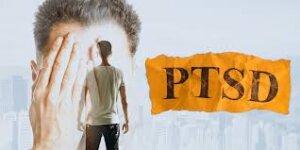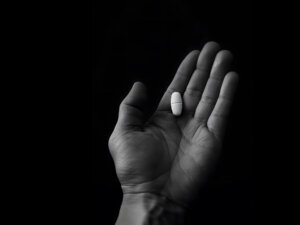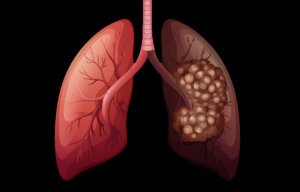World First Aid Day 2019
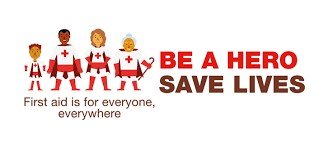
First aid is immediate help provided to a sick or injured person until professional help arrives. It is concerned not only with physical injury or illness but also with other initial care, including psychosocial support for people suffering emotional distress from experiencing or witnessing a traumatic event.
It may include initial intervention in a serious condition prior to professional medical help being available, such as performing cardiopulmonary resuscitation (CPR) while waiting for an ambulance, as well as the complete treatment of minor conditions, such as applying a plaster to a cut.
History
One hundred and fifty years ago, a battle in northern Italy sparked an idea that has since changed the world. On 24 June 1859, Henry Dunant, a young Geneva businessman, witnessed horrifying suffering and agony following the battle of Solferino. He mobilized the civilian population, mainly women and girls, to care for the wounded irrespective of their role in the conflict. He secured them with the necessary materials and supplies and helped in the establishment of temporary hospitals. His book “A memory of Solferino” inspired the establishment of the International Committee of the Red Cross (ICRC) in 1863.
The International Federation of Red Cross and Red Crescent Societies (IFRC) is one of the world’s leading first aid providers. First aid is a humanitarian act that should be accessible to all. With first aid skills volunteers and communities are empowered to save lives without discrimination. The IFRC introduced World First Aid Day in 2000.
Each year, more than 100 Red Cross and Red Crescent Societies around the world organise events and ceremonies on the second Saturday of September to raise public awareness of how first aid can save lives in everyday and crisis situations. The IFRC believes that first aid should be accessible to all – including the most vulnerable and should also be an integral part of a wider developmental approach.
World First Aid Day 2019 Theme: Be a Hero Save Lives. First Aid is for everyone, everywhere
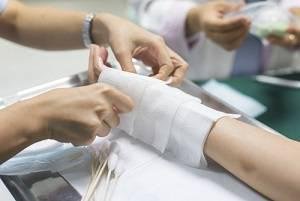
Indeed, “First aid” is a catch-all phrase that refers to two distinctly different medical needs:
i. Emergency first aid—the first response to a life-threatening (or limb-threatening) medical emergency, either an illness or an injury. More advanced medical care will happen after first aid in this case. This type of first aid includes CPR, clearing an airway obstruction, responding to anaphylactic shock, splinting a broken bone, and severe bleeding control.
ii. Non-emergency first aid is the treatment we initiate ourselves for minor medical needs. We may or may not seek more advanced medical care after the initial response. This includes taking over-the-counter medications for minor pain or allergies, cleaning and bandaging cuts or abrasions, and minor bleeding control.
Common First Aid Topics-
– Abdominal Pain
– Animal bites
– Blood in Urine
– Bruises
– Broken toe
– Burns
– Choking
– Cuts & Wounds
– Diarrhoea
– Dizziness
– Fever in children
– Heart palpitations
– Insect bites & stings
– Nosebleeds
– Pulled muscles
– Rectal bleeding
– Sprains
– Testicle pain
– Vertigo
Watch out for more advice on how to prevent common injuries at home, stock your own home first aid kit and manage some of the common first aid topics.


